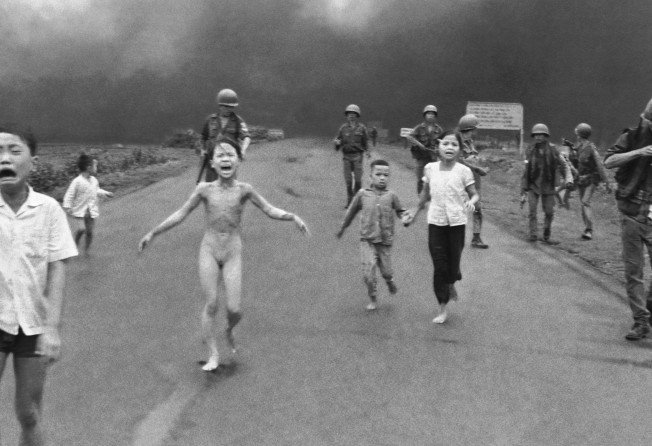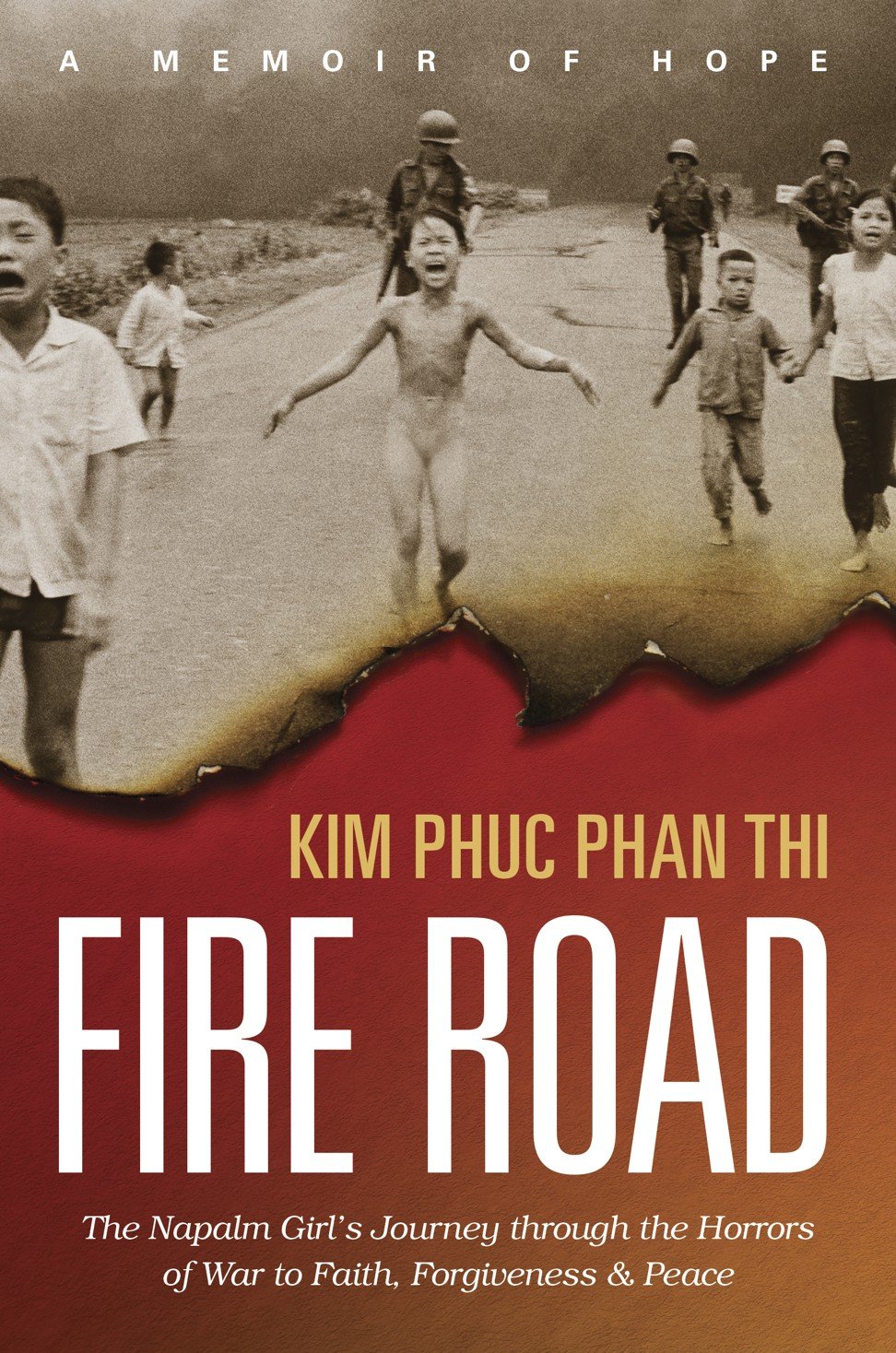
Review: Fire Road – how Vietnam war’s ‘napalm girl’ learned to stop running away and found religious salvation
More than four decades after Kim Phuc Phan Thi was photographed running naked down a highway after a napalm attack, she has written a memoir about how she turned to Christianity to help ease her pain

Fire Road
by Kim Phuc Phan Thi
Tyndale Momentum
4/5 stars
In many ways, Kim Phuc Phan Thi has never left Route 1 in Vietnam, the highway where Associated Press photographer Nick Ut captured her running on June 8, 1972.
It’s one of the most enduring images of the 20th century. A young Phuc runs naked toward Ut’s camera, her arms flung away from her body. The nine-year-old is screaming because of the napalm searing her back and left arm.

Phuc writes in a new memoir that, for most of her life, she tried to run away from that moment when she became the “napalm girl”. Throughout Fire Road, she explains how she came to see her life instead as a journey towards faith and peace.
Phuc’s survival and the errant bombing of civilians in her village outside Saigon by the South Vietnamese military have been comprehensively explored by journalists in the decades since the war, and in Denise Chong’s 1999 book, The Girl in the Picture, that detailed the war from the Vietnamese perspective.
Fire Road, written with the help of Ashley Wiersma, completes the picture by adding Phuc’s own voice to the story. The book makes a reader hungry with descriptions of the flavours of her childhood in Southeast Asia: her mother’s noodle soups, the guavas and bananas she plucked ripe off the trees outside her family’s home.
Equally rich are the details of how war appeared to a child: sandal prints on the ground, where Viet Cong had crossed their property during the night; bright purple and gold smoke that marked bombing targets; and the deceptively soft whump-whump sound of napalm canisters hitting the ground.

Napalm sticks to its victims, burning through layers of skin and muscle. Phuc writes that the Vietnamese government’s use of her story for propaganda stuck as painfully to her as the napalm, interrupting her studies and threatening to confine her until she defected to Canada.
Still, Phuc doesn’t dwell on the war, its aftermath or her efforts to physically distance herself from her government minders. Her focus in Fire Road is her conversion to Christianity – finding a saviour with scars she could relate to – and her persistence in persuading her husband and family to join her religious journey.
Phuc writes in the same soothing tone she has when she speaks in public as a Unesco goodwill ambassador. Even though well-intentioned journalists and doctors may not have helped her move on entirely from her wartime trauma, she seems to have found a balm to ease her pains.